The Great House is 4 stories on interior walls and 60' long. It is the largest known structure of the Ancestral People of the Sonoran Desert. It was discovered by Father Kino, a Jesuit missionary priest, who started several missions while exploring this area of the country in the late 1600s. It was he who named the structure, Casa Grande.
Located about 60 miles north of Tucson, we began our tour of the monument with a stop at the Visitor Center.
You can pick up information about the monument at the Visitor Center and there is a small gift shop. Interesting exhibits can be found inside as well as a theatre area to view the 20-minute video about the ruins here.
The Hohokam (or Ancestral People) lived in this community from 300 BC through 1450 AD. They built extensive and complex irrigation systems to grow crops (food and cotton) using water from the Gila River. They also participated in trade with communities from California, the Great Plains, Colorado Plateau and Northern Mexico.
Olla, used to hold water or store food, was found during the excavations in 1906 near the Great House.
Obsidian, used to create tools, likely arrived here through trade.
Interior of typical dwelling with pottery, baskets, woven rugs, etc.
Pottery ranging from 300 BC to 1400 AD.
The Casa Grande Ruins were designated a federal preserve in 1892 to protect it from the souvenir-seekers and visitors who carved their initials on the interior walls. In 1903, a small roof was placed over the Great House and in 1932, a much larger roof was built and remains on the site today.
Interior walls.
The walls face the cardinal points of the compass (north, south, east and west). A circular hole in the upper west wall is aligned with the setting sun on the summer solstice.
There is a lovely large picnic area across from the Visitor Center. From this location you can see the area where the ball court had been built. There were multiple walled compounds in the area and the ball court was shared among them. This part of the monument has not yet been excavated.
The picnic area also has a large, well-equipped outdoor kitchen. Reservations can be made at the Visitor Center for its use.
The admission fee to the Casa Grande Ruins is $5/adult. John's senior pass gets us in for free.
This is a small, but interesting, national monument. We enjoy visiting these national treasures preserved by the National Park Service. The videos are always very informative, and this one was no exception. The exhibits in the Visitor Center are very well done and educational.
The Native Americans who lived and thrived in the Sonoran Desert for centuries are so interesting. The fact that this structure was built so many years ago and is still standing in the desert climate is an amazing tribute to the builders.
Website: www.nps.gov.cagr


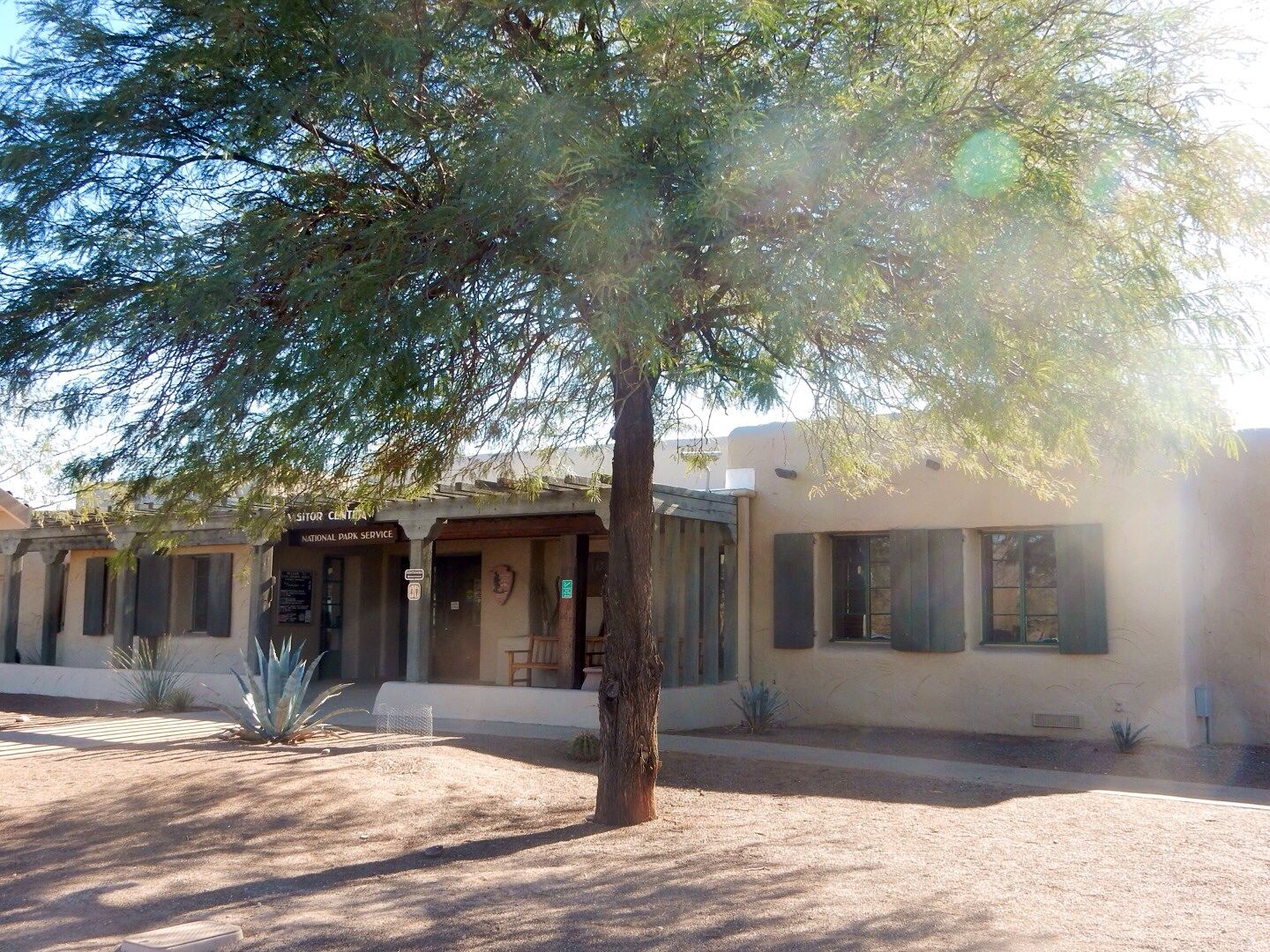

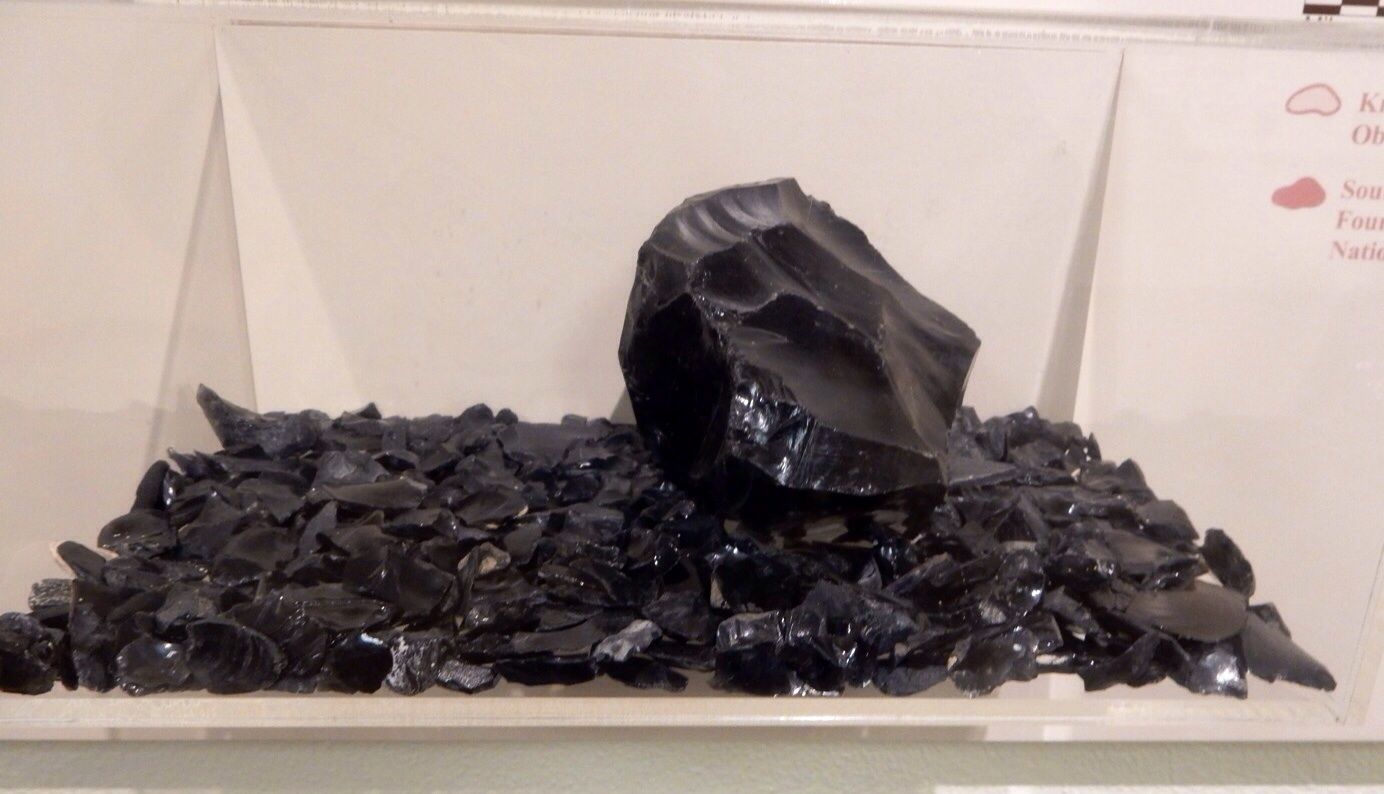
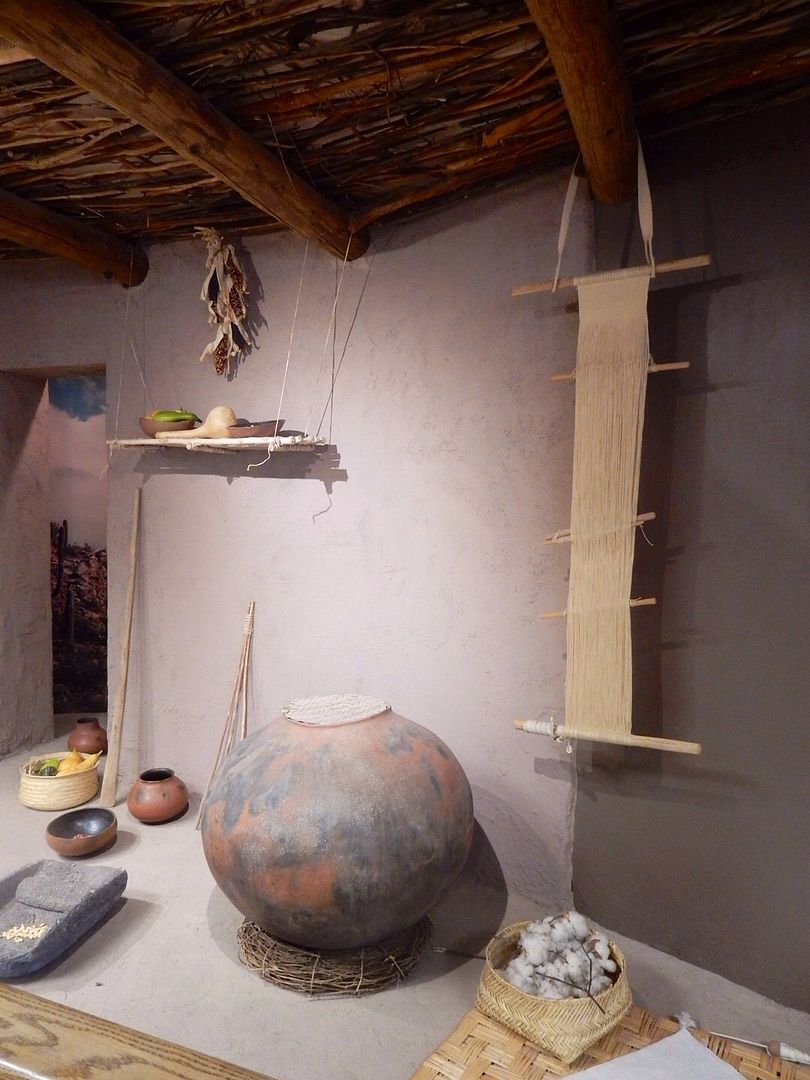


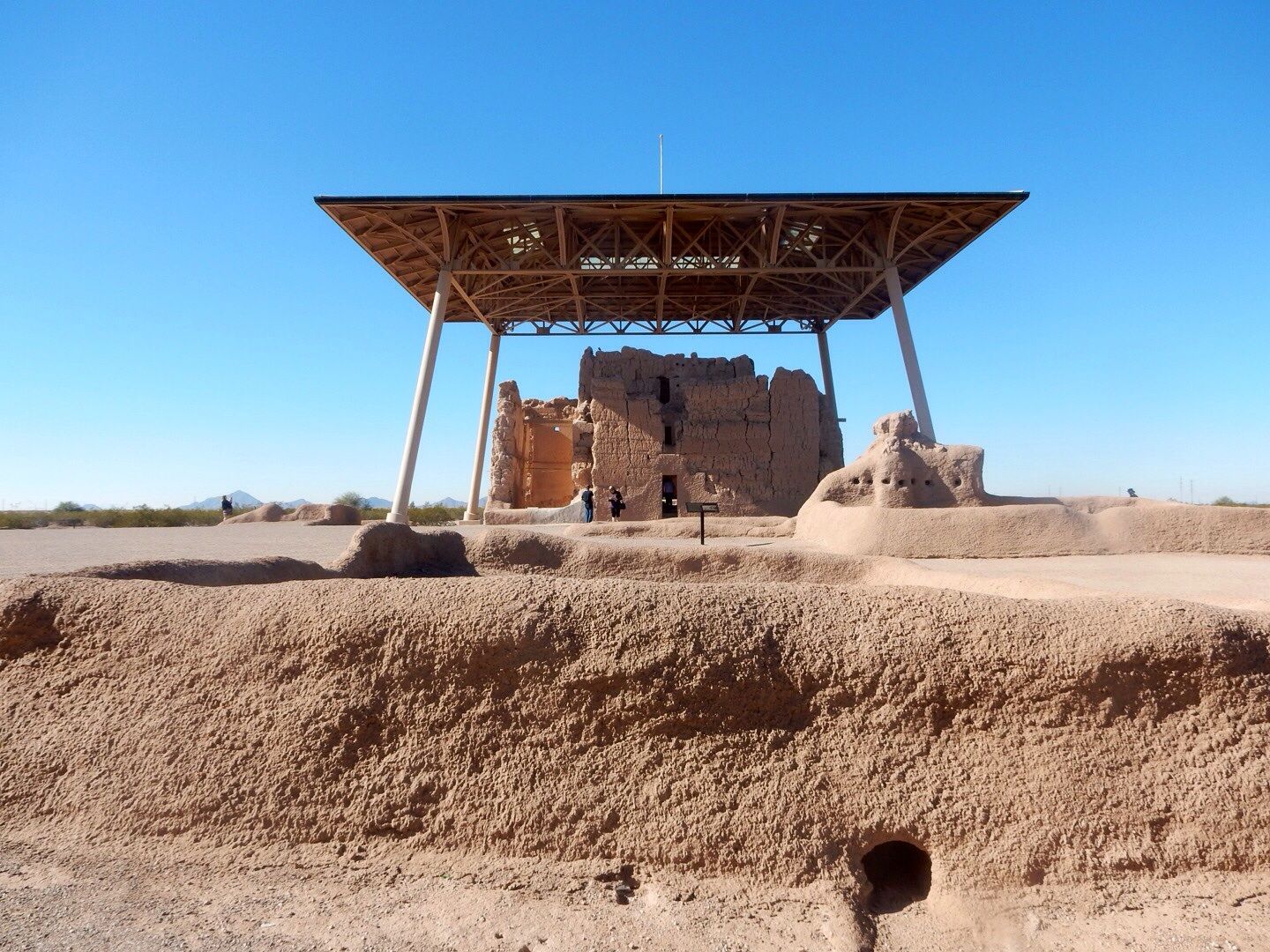

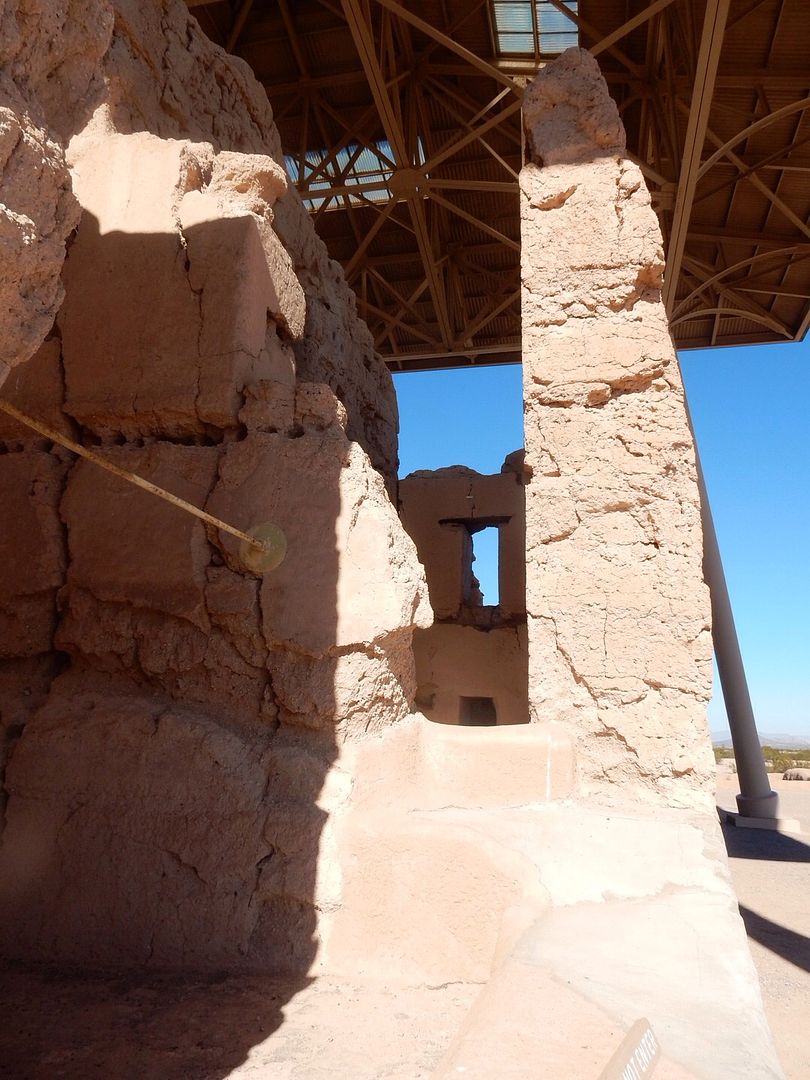
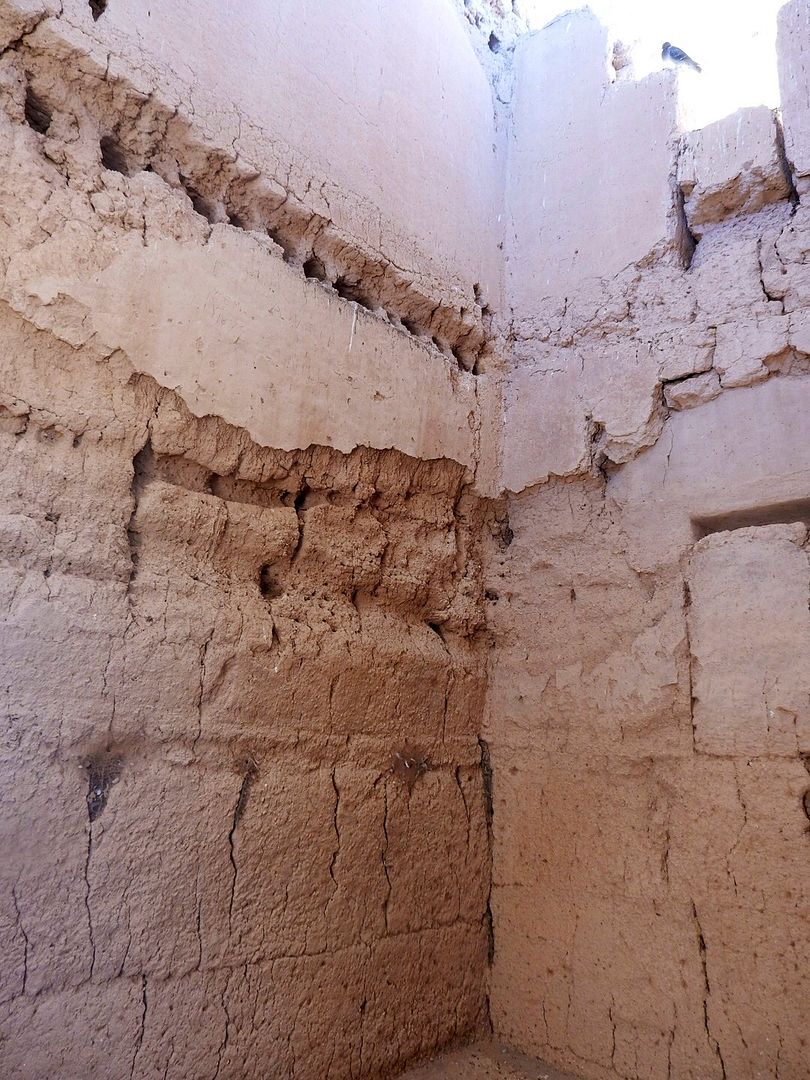

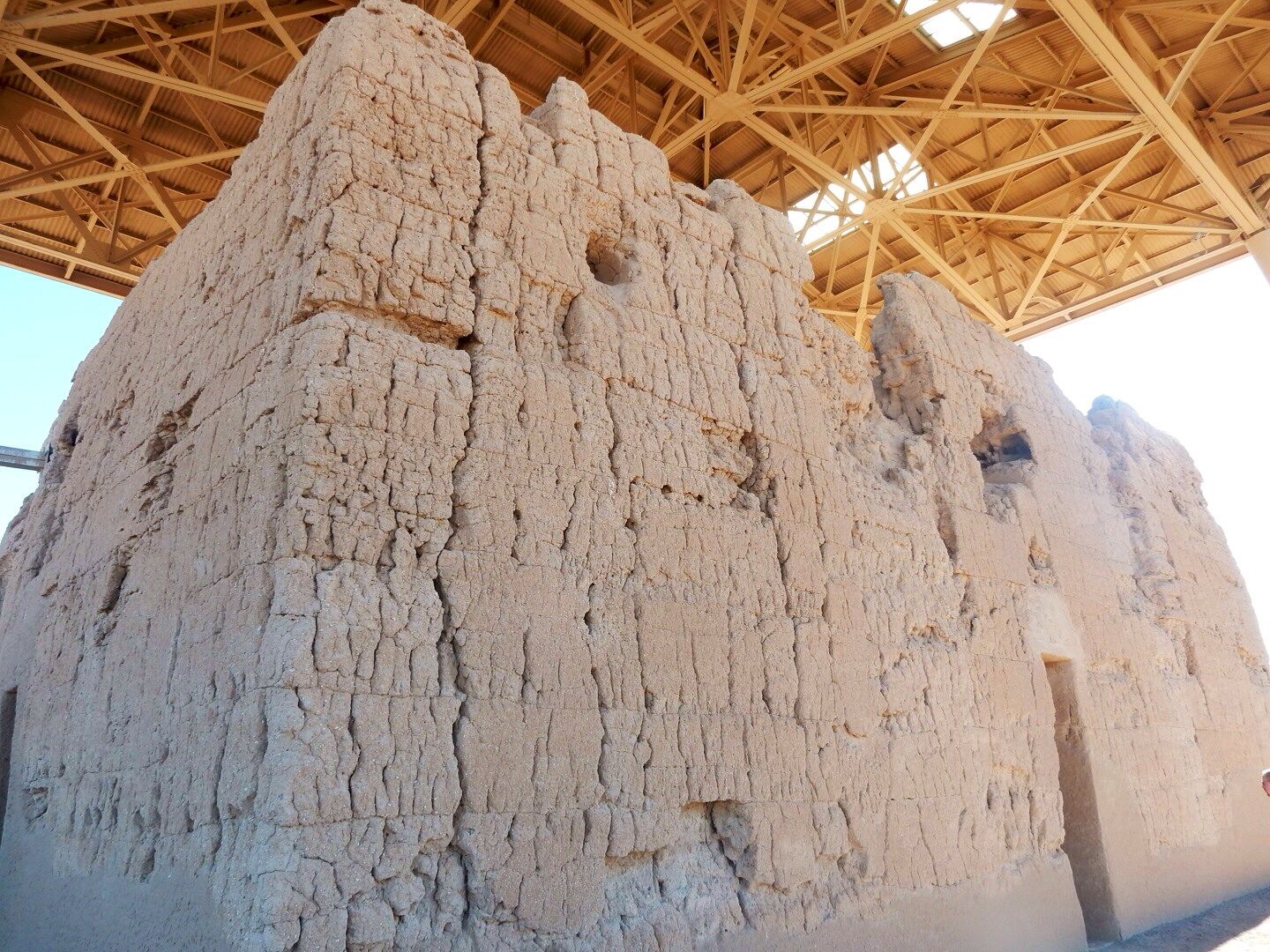
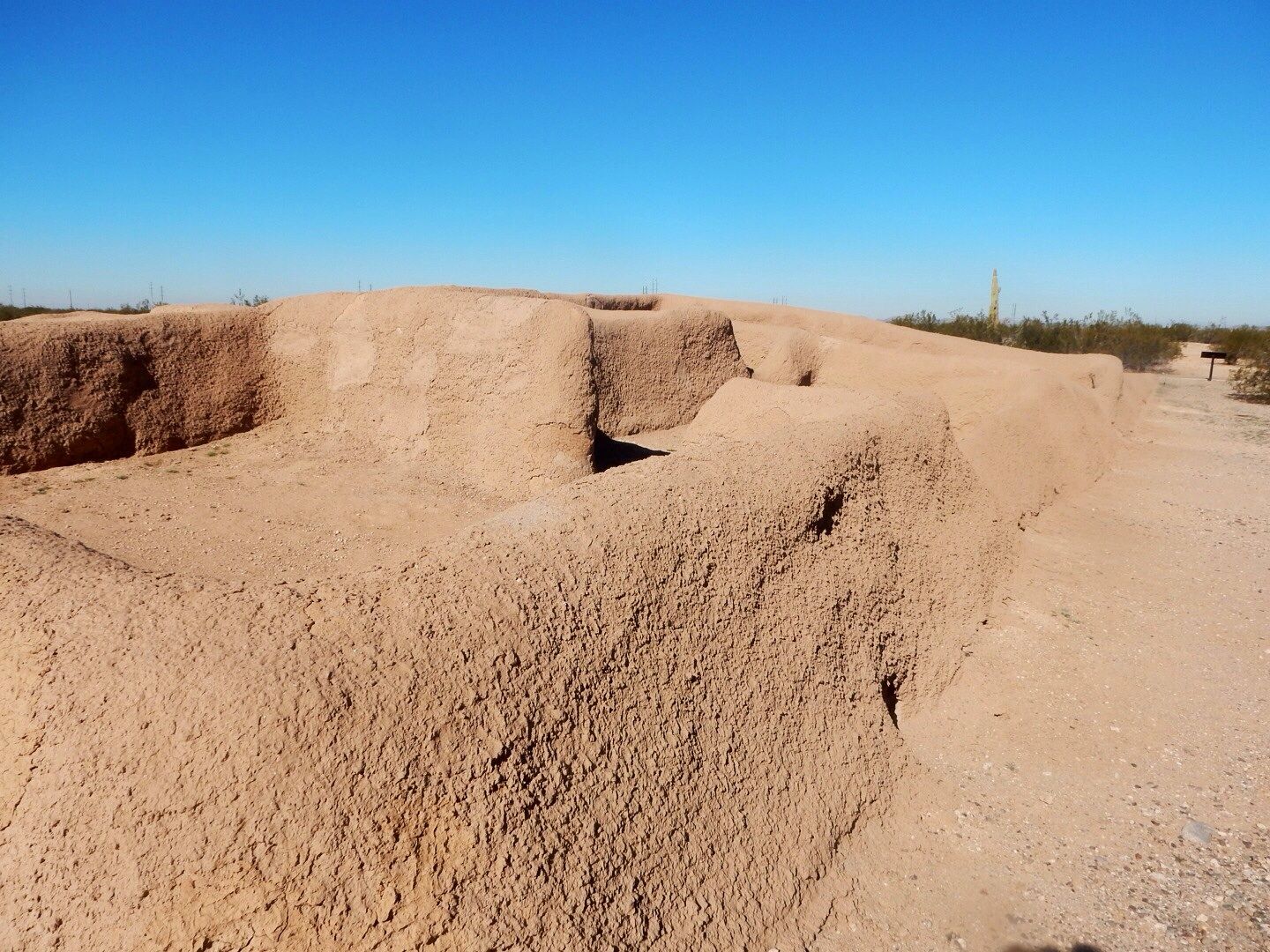



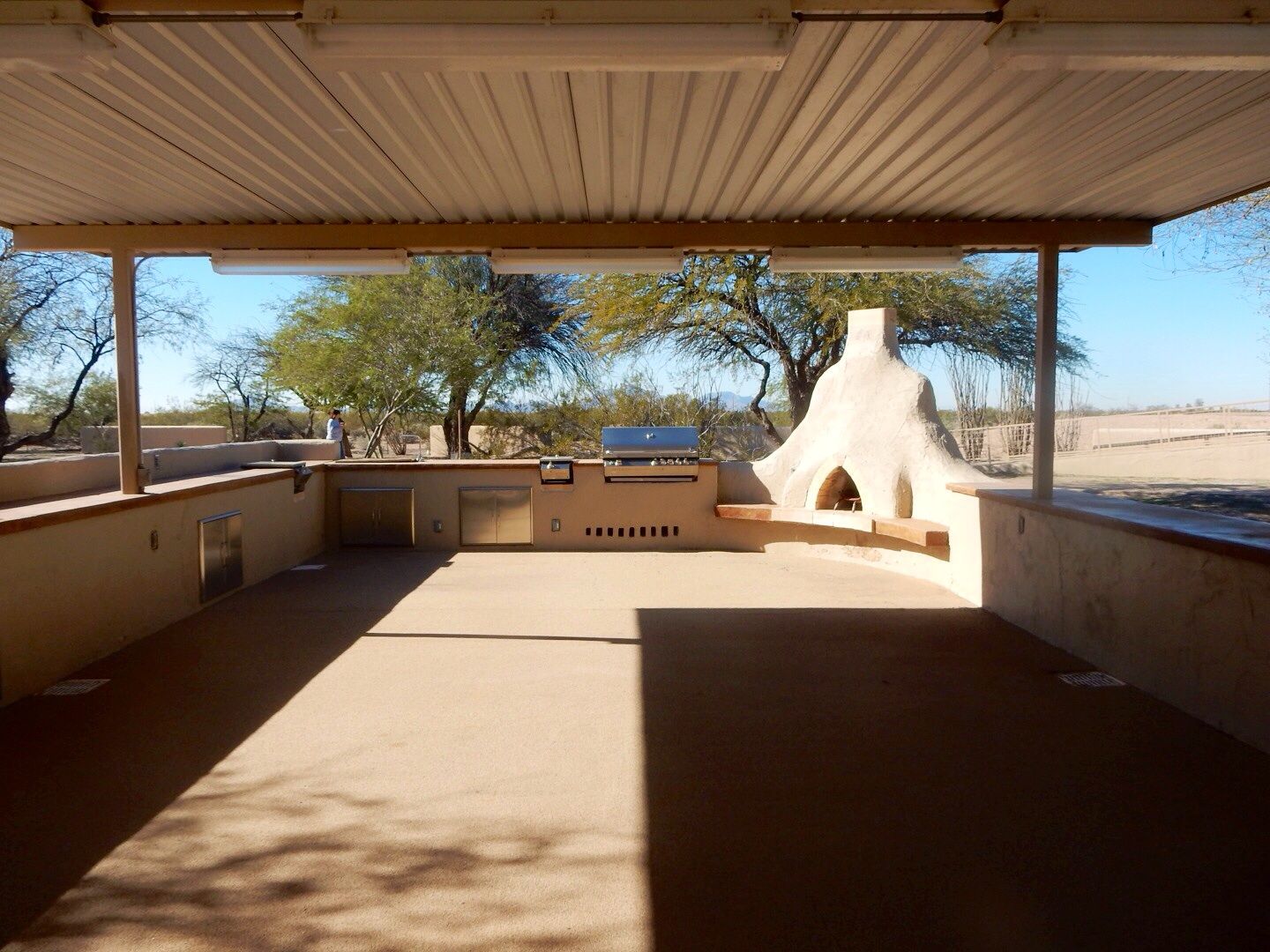
No comments:
Post a Comment